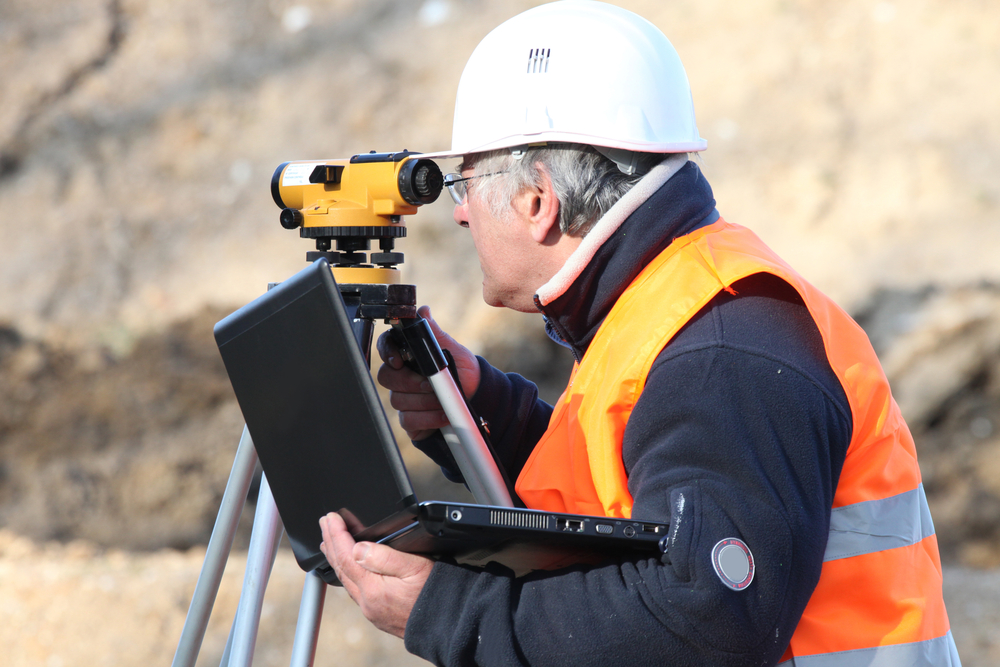Boundary and identification surveys are one of the most common projects carried out by your cadastral surveyor Brisbane wide. The results of a boundary survey are especially important during any construction work, including when you’re putting up a fence. While there’s a common misconception that the fences on your property align with the boundaries of the land, the reality is that most fences are simply “close enough” to the property lines. This usually isn’t an issue, but it can create problems with your neighbours or make it difficult to comply with building and safety regulations.
So, whether you’re building a new fence, fixing a broken one or moving your fence to its rightful location, you’ll need a boundary survey to ensure the work is completed properly. We’re going to take a closer look at boundary surveys and whether you need a surveyor’s help when building a fence on your property.
What is a Boundary Survey
Boundary identification surveys are a type of cadastral surveying. They’re used to identify, mark, re-mark or re-establish the boundaries of a property according to the original plans.
Surveyors carry out boundary identification surveys using a mix of historical research and modern measuring tools. First, your surveyor will purchase the most up to date plans of your property from the Department of Natural Resources and Mines. These plans will include the relevant information on property boundaries, easements, setbacks and other encumbrances on the land. Then, your surveyor uses those plans to visit your site and mark out the boundaries. This process plays a critical role in all types of construction, renovation and landscaping work. From building a new home to fixing an old fence, a boundary survey is the best tool for avoiding problems and resolving disputes with neighbours.
A boundary survey doesn’t create or alter any interests on your land. That means the surveyor will simply mark out boundaries as per the original plans and they won’t enlarge, move or alter your property in any way. A copy of the boundary survey results will be lodged with the Department of Natural Resources and Mines for their records, but the content generally won’t be examined.
Why Invest in a Boundary Survey
Things like building projects, shifts in the land and encroachments onto and from your block can all cause property boundaries to unofficially change over the years. That isn’t a big issue for most people, but it can create problems on large blocks, or if you’re looking to carry out construction work. A boundary identification survey can locate the exact limits of your block and help with a range of works, including:
- Construction work
- Building, repairing or replacing fences
- Building or repairing retaining walls near property lines
- Pre-purchase inspections
- Resolving boundary disputes
- Investigating easements and other claims on the land
A boundary survey is intended to give you peace of mind that your property lines are in the right location. That’s important if you’re planning any construction work, but it can also prevent or resolve disputes with your neighbours.
Seeking Council Approval for Building a Fence
Building a fence is typically considered a minor project and you usually don’t need to seek council approval before beginning construction. In Brisbane, you’ll only need council approval for two types of residential fences:
- Pool fencing that needs to meet safety regulations
- Residential boundary fences that are more than two metres tall
Although you typically don’t need Brisbane City Council’s approval to build or move a fence, you will be held responsible for ensuring the work complies with the relevant standards. Under the Building Regulation 2006, your new fence will need to meet certain size limits and comply with boundary setbacks, fire separations and structural integrity requirements. If you’re unsure, talk to a cadastral surveyor Brisbane wide and seek their advice about whether you’ll need a boundary survey to complete your project.
Do I Need a Surveyor to Build a Fence?
It’s always a good idea to engage a professional surveyor when you’re building fences. Fences are shared with your neighbours, and while that means you can split the expense, it often creates disputes over the location of the boundary. So, while you aren’t necessarily required to carry out a boundary survey before building a fence, it’s a simple way of ensuring the project comes off without a hitch.
As a bonus, a boundary survey will also identify other claims on your land, such as setbacks, covenants, easements and fire separation limits. Those are all useful pieces of information that your fencing contractor will need to build a fence that complies with local rules and regulations.









































